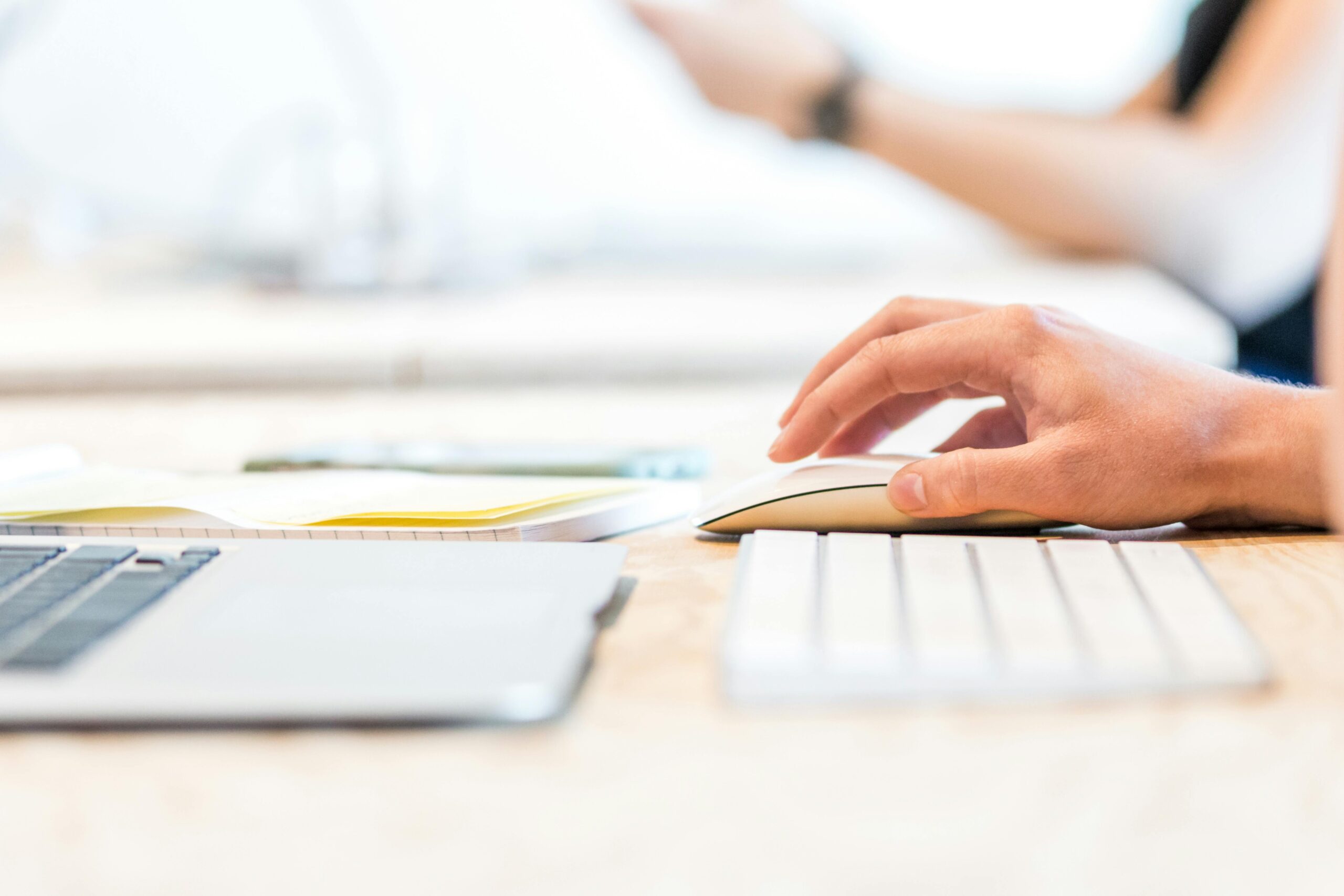“Go touch grass.” It was like he was speaking directly to me, even though we were in a room of hundreds of people.
At a recent social media conference, the keynote speaker reminded us of the importance of taking care of ourselves. As his speech went on, it was refreshing to hear him saying all of the things we as government communicators struggle with. Most often (at least for me personally) is time to take a break.
I’ve worked on sick leave, while on countless vacations and even on the days I needed to take off because I’d lose them otherwise. It doesn’t make it okay.
I left this conference feeling validated and slightly energized about the topic. It’s like when you listen to the flight attendant tell you to put your oxygen mask on first. You can’t help someone else without taking care of yourself first.
Here are five ways you can recharge when you need it most, especially when working in a 24/7 environment.
1. Decide what makes you feel like yourself
This is a broad topic on purpose. Everyone enjoys different activities and this is an opportunity to create a list. Write a list of things you enjoy doing for no other reason than you like them. Choose one thing per day to do to help give your brain a break and feel like yourself.
2. Take a hot lap
If the pandemic taught me anything, it was that I needed to take breaks. When it first started, I stayed in the same Joint Information Center for 10-12 hours per day for weeks on end. My team was fantastic, but we all were burning the candle at both ends.
That’s when I decided to “take a hot lap” when I needed it. I decided that every time I needed to make or take a phone call, I grabbed my ear buds and walked the parking lot. This helped me to move my body and get some fresh air, helping me to clear my mind. This not only helped me, but made me more valuable to my team.
I still do this today when I’m listening to a virtual meeting or on a call. It has helped me to get away from my desk and take a few deep breaths.
3. Take social media breaks
On any given day, I manage eight social media accounts on three different platforms. (This does not include my own business social media presence!) Because of this, I choose not a spend a lot of time on social media personally.
Intentional social media breaks are something I try to do regularly. When I do this on my personal accounts, I also try to schedule as much as I can in advance on my clients’ accounts. This ensures I log in less and avoid accidentally doom-scrolling. This doesn’t have to be long term, either. Choosing the time frame intentionally is important as long as it makes sense for you.
4. Develop a routine
I am a list maker through and through. I appreciate having pen to paper and while that may not be the case for everyone, a routine can be helpful. One piece of my routine is thirty minutes before my work day ends, I stop and evaluate how to best spend that time.
Sometimes I make a list for the next day, while others I complete a project. Sometimes this means making time for professional and personal development, movement and/or tasks to complete. No matter what makes the list, it can help you to feel less rushed as we’re trying to button things up and head out the door (and truly disconnect).
5. Limit multitasking
Did you know that research shows only 2.5% of people can multitask? Since we’re not being as productive as we think, changing how we work can help us stay on track. Instead of multitasking, you can try time blocking or batching. Both of these methods are very helpful and allow me to be more focused and therefore, more productive.
While these are only five things you could do, the list goes on and on. At a minimum, it is important to intentionally rest and recharge, even when we don’t think it is possible. It is not a luxury, it is a necessity.
